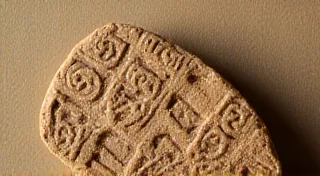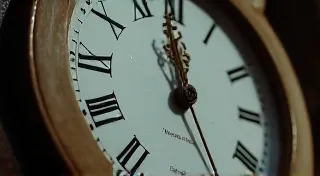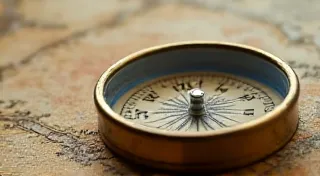The Obsidian Quill: Confronting Writer's Block with Antique Inspiration
There's a weight to history, isn't there? Not a burden, necessarily, but a grounding presence. As writers, we often chase ephemeral sparks – the perfect phrase, the captivating scene – striving to create something new, something vibrant. But sometimes, that pursuit can feel frantic, even fruitless. Writer's block isn’t just a lack of ideas; it’s a disconnection, a feeling of being adrift. And it’s in those moments of stagnation that I’ve found myself drawn to the tangible, the enduring – to the world of vintage fountain pen nibs.
My journey began not with a grand ambition to collect, but with a simple frustration. A novel I was struggling to complete felt hollow, lifeless. The words felt forced, the story lacking the soul I envisioned. I stumbled upon an online auction featuring a lot of vintage pens and, on a whim, bid on a single nib – a 14-karat gold nib, marked “W Waterman, USA.” It arrived in a small, padded envelope, and the moment I held it, something shifted.
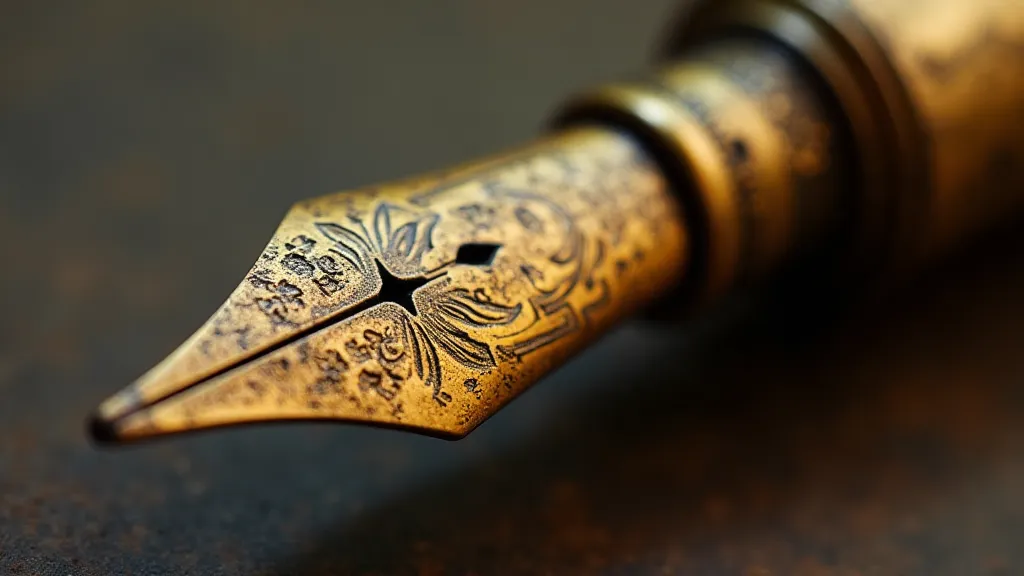
The Whisper of Past Hands
It wasn’s the monetary value—it was the connection. This small piece of metal had been shaped, ground, and polished by a craftsman, likely decades ago. Someone had held it, guided it across paper, pouring their thoughts and feelings into the ink that flowed from its point. Imagining that writer, their hopes, their struggles, their triumphs…it resonated within me. Suddenly, my own creative anxieties felt smaller, more manageable.
The craftsmanship itself is astounding. Unlike the mass-produced, often uniform nibs of today, vintage nibs exhibit a remarkable diversity. Different manufacturers, like Waterman, Parker, Sheaffer, and Conway Stewart, each developed their own distinctive styles and characteristics. Some boast flex nibs that expand under pressure, allowing for dramatic line variation – the hallmark of a skilled calligrapher or a writer seeking expressive nuance. Others offer stiff, precise points ideal for technical writing or intricate sketching. The level of artistry involved – the painstaking process of grinding, shaping, and testing each nib – is a testament to a time when quality and longevity were prized above all else. This period, often considered a "golden age" for fountain pens, left behind a legacy that continues to fascinate collectors and writers alike. It sparks a question: what stories are held within those antique nibs, silently communicating across generations? This thought echoes the sentiment explored in “The Silent Dialogue: How Vintage Nibs Communicate Across Generations”.
More Than Metal: A History Etched in Gold
The story of vintage nibs is inextricably linked to the evolution of writing itself. The late 19th and early 20th centuries were a golden age for fountain pens. Mass production made them accessible to a wider audience, and they quickly became status symbols, tools of business and diplomacy, and companions to countless writers, poets, and artists. Think of Mark Twain, who famously declared, “The unexamined life is not worth living.” He certainly used fountain pens to examine his own life and the world around him. It’s humbling to consider that the very tools we use to record our thoughts were, for so many generations, the most advanced technology available for communication and creativity.
The markings on these nibs are tiny windows into that past. “W Waterman” signifies a nib produced by the Waterman Pen Company, a pioneer in the American fountain pen industry. “Parker USA” speaks to the rise of Parker Duofold pens, symbols of elegance and innovation. Even the karat marking – 14K, 18K – indicates the gold content, a measure of both quality and the skill involved in its production. Researching these markings, learning about the manufacturers, and tracing the history of the pens is a fascinating endeavor in itself. You begin to see these nibs not just as writing instruments but as miniature artifacts, each with its own story to tell. The significance of these brands and their contributions to writing history is compelling—what other untold stories might be found amongst the "pen's pantheon"? This question aligns with the insights found in “The Pen's Pantheon: Honoring Legendary Nib Makers of the Past.”
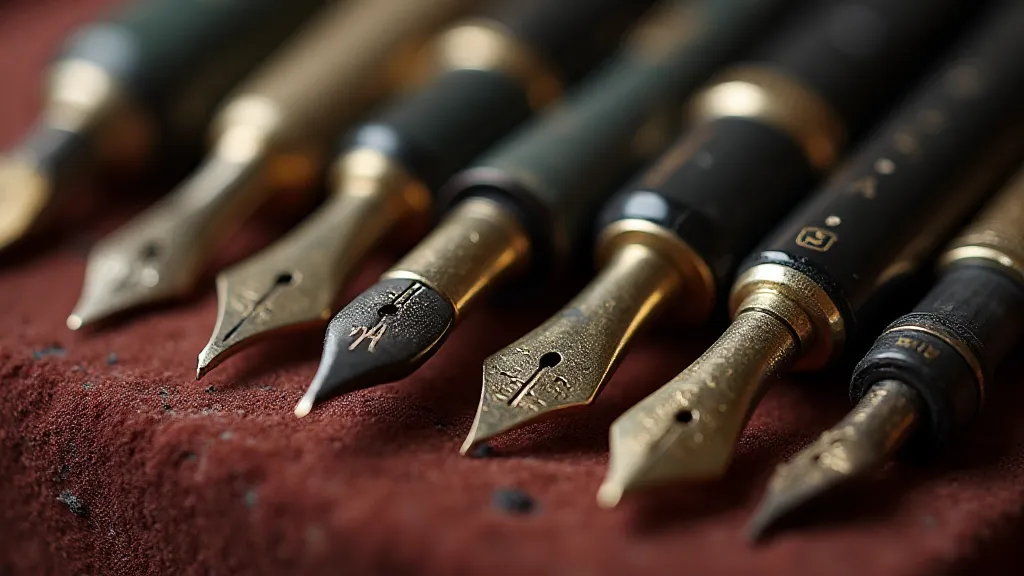
Reigniting the Flame: A Tactile Inspiration
For me, the act of simply holding a vintage nib – feeling its weight, admiring its craftsmanship – is a form of meditation. It’s a physical connection to the past, a tangible reminder that creativity is a timeless pursuit. I’m not necessarily striving to write like those who came before me, but their dedication, their artistry, serves as a powerful inspiration. The knowledge that countless others have grappled with similar creative challenges – that they, too, have faced the blank page – provides a strange comfort. It underscores the universality of the human experience, the enduring power of storytelling.
It's not just about the nib itself, but the act of incorporating it into a writing experience. I’m far from a nib restorer, but I've learned to gently clean and lubricate them, to ensure they write smoothly. Even the simple task of finding a compatible pen body, a vessel worthy of holding such a distinguished nib, becomes a miniature project. It’s a deliberate slowing down, a conscious effort to engage with the writing process in a more meaningful way.
Subtle Restoration: Honoring the Legacy
Restoration, in the truest sense, isn't about making vintage nibs “new.” It’s about preserving their character, their history. A perfectly restored nib might be clean and functional, but it will still bear the marks of its age – the subtle patina, the slight imperfections. These are not flaws; they are testaments to the nib’s journey, its past lives. A gentle polish to remove ink residue, a careful cleaning to remove corrosion, a light lubrication – these are the interventions that honor the nib’s legacy.
Learning basic nib cleaning and lubrication techniques can be a rewarding experience for any vintage pen enthusiast. Numerous online resources and forums dedicated to fountain pen collecting offer detailed guides and tutorials. However, it’s important to approach restoration with caution and respect for the nib’s delicate nature. Overly aggressive cleaning or improper handling can easily damage the nib and diminish its value. Discovering the nuances of caring for these artifacts, and the rich history they represent, is a rewarding journey—similar to the exploration found in A Collector's Compass: Navigating the World of Vintage Nib Restoration.
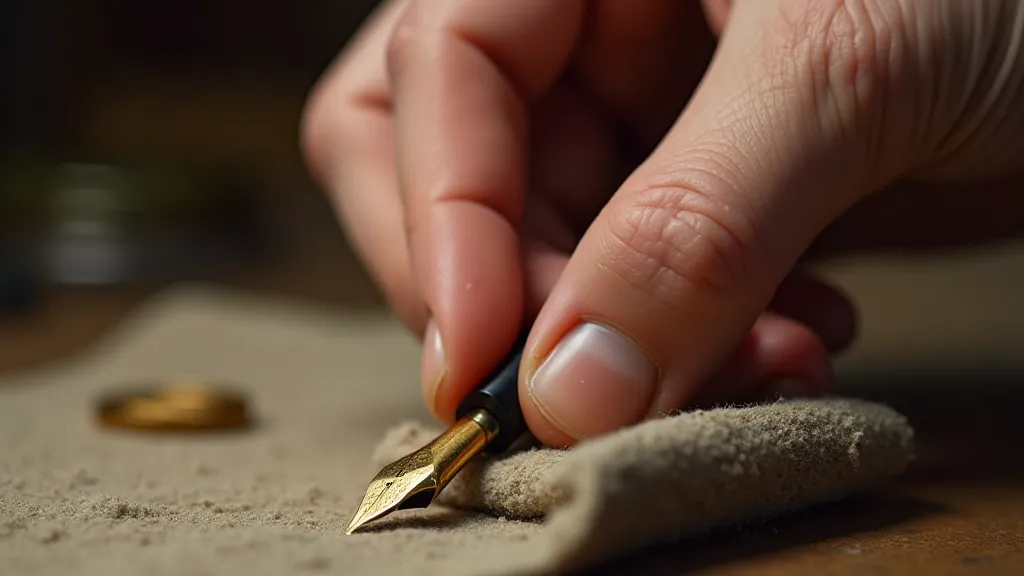
More Than a Collection: A Catalyst for Creativity
My collection of vintage fountain pen nibs isn’t about accumulating possessions; it’s about cultivating a deeper connection to the craft of writing. It's a reminder that creativity isn't a solitary pursuit but a conversation across generations. When I’m struggling to find the right words, when the blank page feels insurmountable, I turn to my nibs. I hold them, I admire them, and I remember the countless writers who have faced similar challenges. And somehow, the words begin to flow again. The obsidian quill, a fragment of the past, has become a catalyst for my present.
The restoration and appreciation of these artifacts offers more than just a historical perspective; it provides a unique pathway to unlock creative potential. It is a tangible link to the past, offering a glimpse into the lives of those who came before us, and providing a source of inspiration for generations to come. The simple act of holding a vintage nib, feeling its weight, admiring its craftsmanship, can be a transformative experience, unlocking a deeper appreciation for the art of writing and the enduring power of human creativity.

